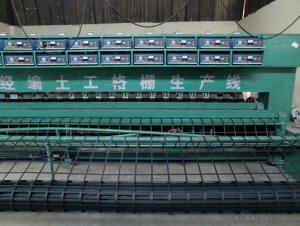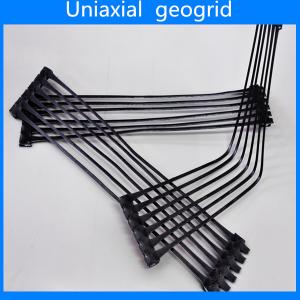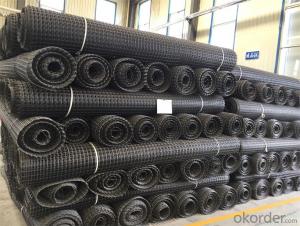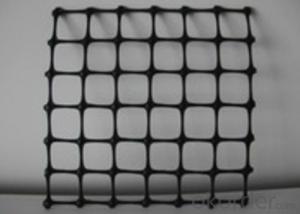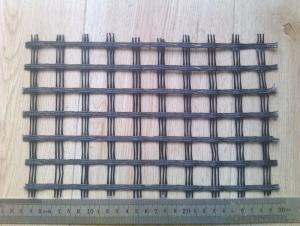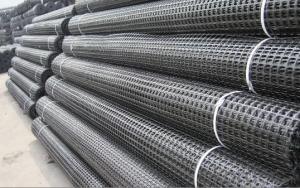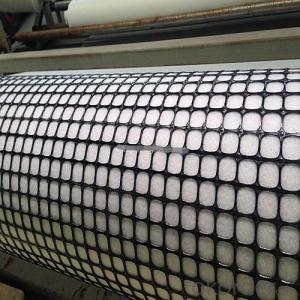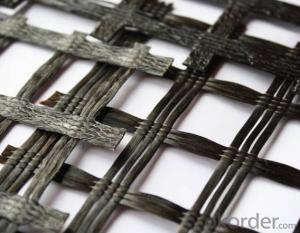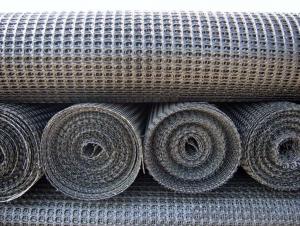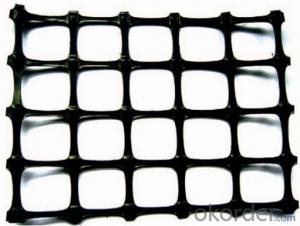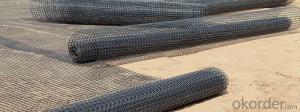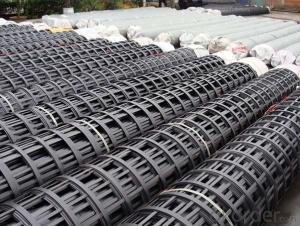Geogrid Triax
Geogrid Triax Related Searches
Triax Geogrid Tensar Triax Geogrid Triax Tx Geogrid Triaxial Geogrid Tenax Geogrid Interax Geogrid Triax Geogrid Price Triax 160 Geogrid 3xt Geogrid Tensar Interax Geogrid Triax Tx160 Geogrid Tensar Triaxial Geogrid Tensar Triax Geogrid Price Tensar Triax Tx7 Geogrid Tensar Triax Tx170 Geogrid Geogrid Uniaxial Miragrid 3xt Geogrid Tensar Triax 160 Geogrid Tensar Triax Tx140 Geogrid Triax Geogrid Tx160 Tensar Triax Tx130s Geogrid Triaxial Geogrid Tensar Multiaxial Geogrid Plaxis Geogrid Tensar Triax Tx 140 Geogrid Tensar Triax Geogrid Cost Uniaxial Geogrid Terrafix Geogrid Tensar Triax Tx160 Geogrid Tensar Ux GeogridGeogrid Triax Supplier & Manufacturer from China
Geogrid Triax is a high-strength, three-dimensional geosynthetic product designed to reinforce soil and improve its stability. It is engineered with a unique structure that allows for the even distribution of loads, enhancing the overall performance of the soil structure. This product is widely recognized for its ability to increase the load-bearing capacity of soil, making it an ideal solution for various civil engineering and construction projects.Geogrid Triax is commonly used in applications such as road construction, slope stabilization, and retaining wall reinforcement. Its versatility allows it to be employed in both new construction projects and the rehabilitation of existing structures. By incorporating Geogrid Triax into these projects, engineers can achieve greater stability and durability, while also reducing the overall cost of construction.
As a leading wholesale supplier, Okorder.com offers a vast inventory of Geogrid Triax products to cater to the needs of various industries. With a strong commitment to quality and customer satisfaction, Okorder.com ensures that the Geogrid Triax products they provide meet the highest standards of performance and reliability. This makes them a trusted source for contractors, engineers, and other professionals seeking to enhance the strength and stability of their projects with this innovative geosynthetic material.
Hot Products


